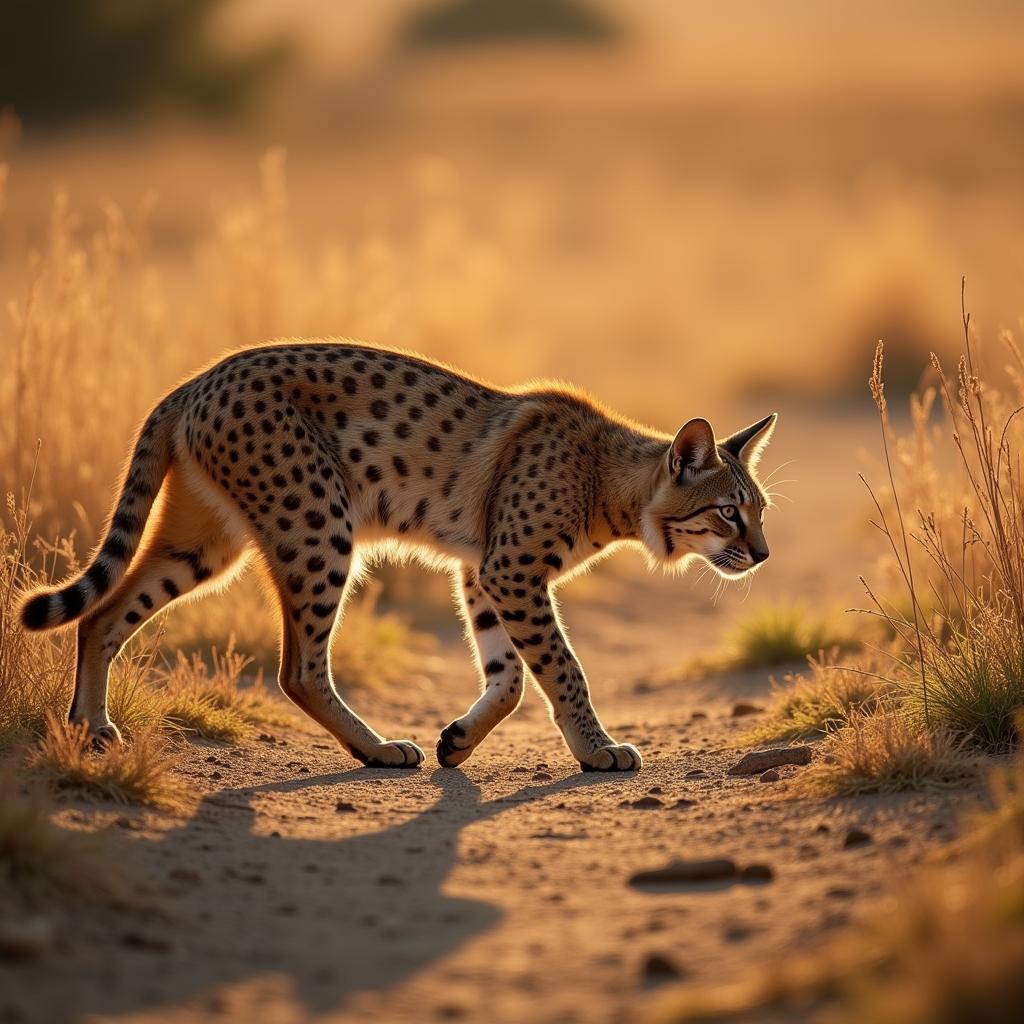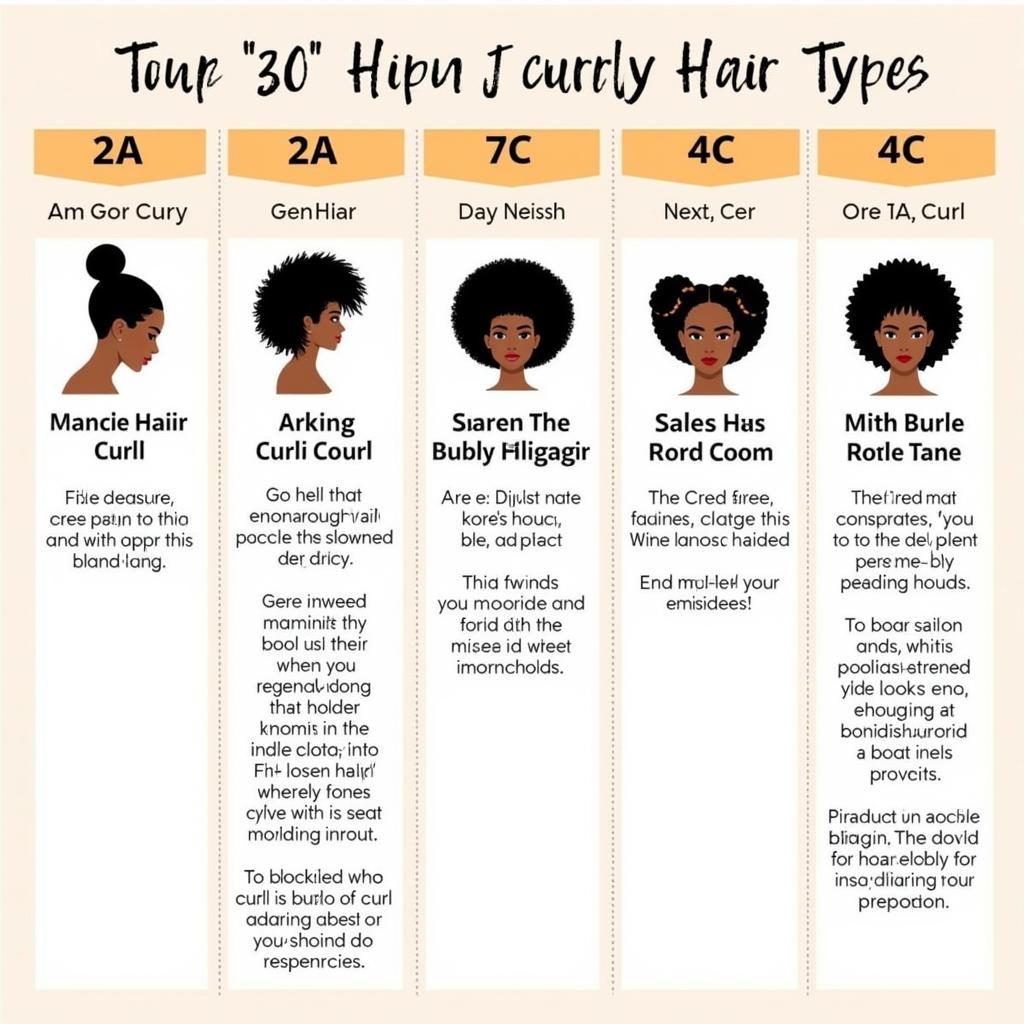Unveiling the Beauty of African Batik Art
African Batik Art, a vibrant and intricate textile tradition, captures the essence of African culture and creativity. This ancient technique, involving resist dyeing on fabric, has been passed down through generations, resulting in stunning patterns and designs that adorn clothing, accessories, and home decor.
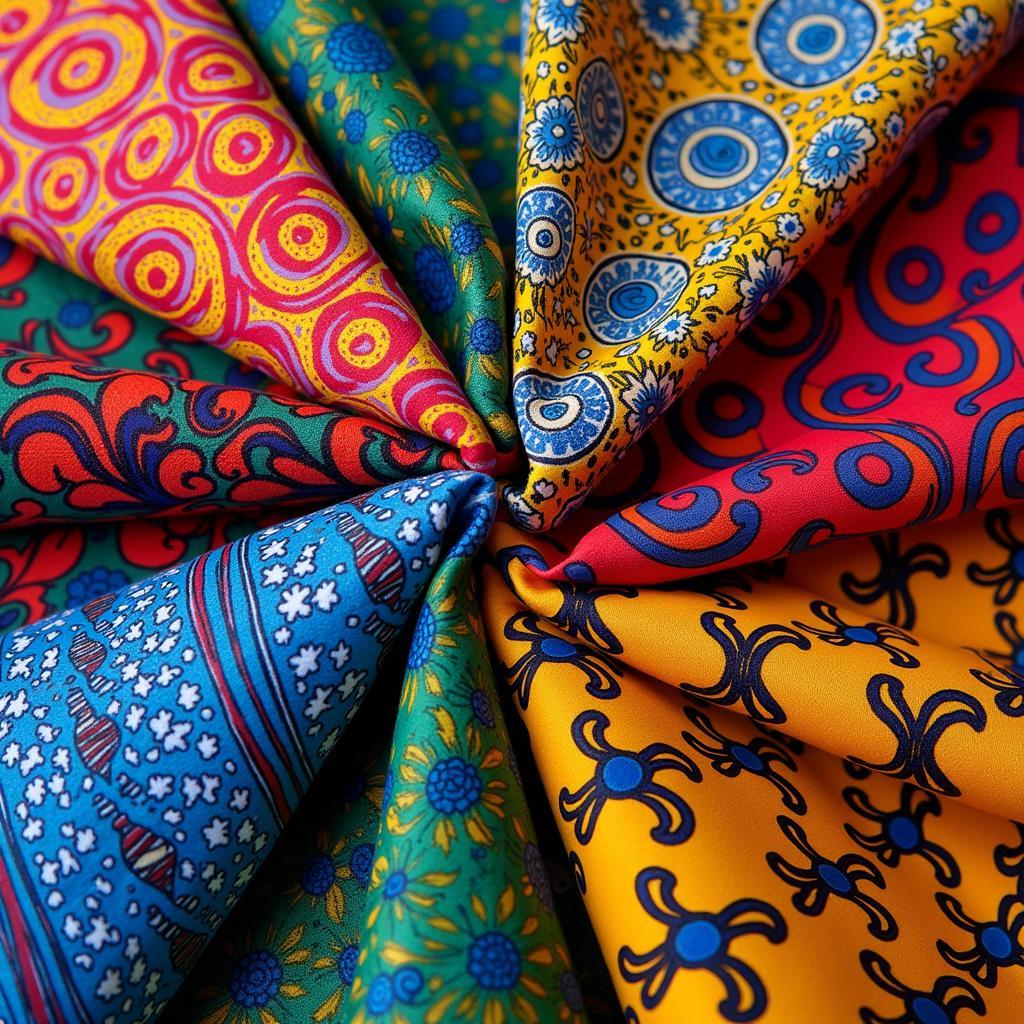 Colorful African Batik Textiles
Colorful African Batik Textiles
A Journey Through Time: The History of African Batik
While the exact origins of batik remain a subject of debate, evidence suggests its presence in Africa for centuries. Some historians believe that batik made its way to the continent through trade routes from Asia, particularly Indonesia, where the technique is believed to have originated. Others argue for an independent development of batik in Africa, citing archaeological finds and ancient textile fragments.
Regardless of its arrival, batik art found fertile ground in Africa, where it was embraced and adapted by various cultures. Over time, distinct regional styles emerged, each characterized by unique motifs, color palettes, and techniques.
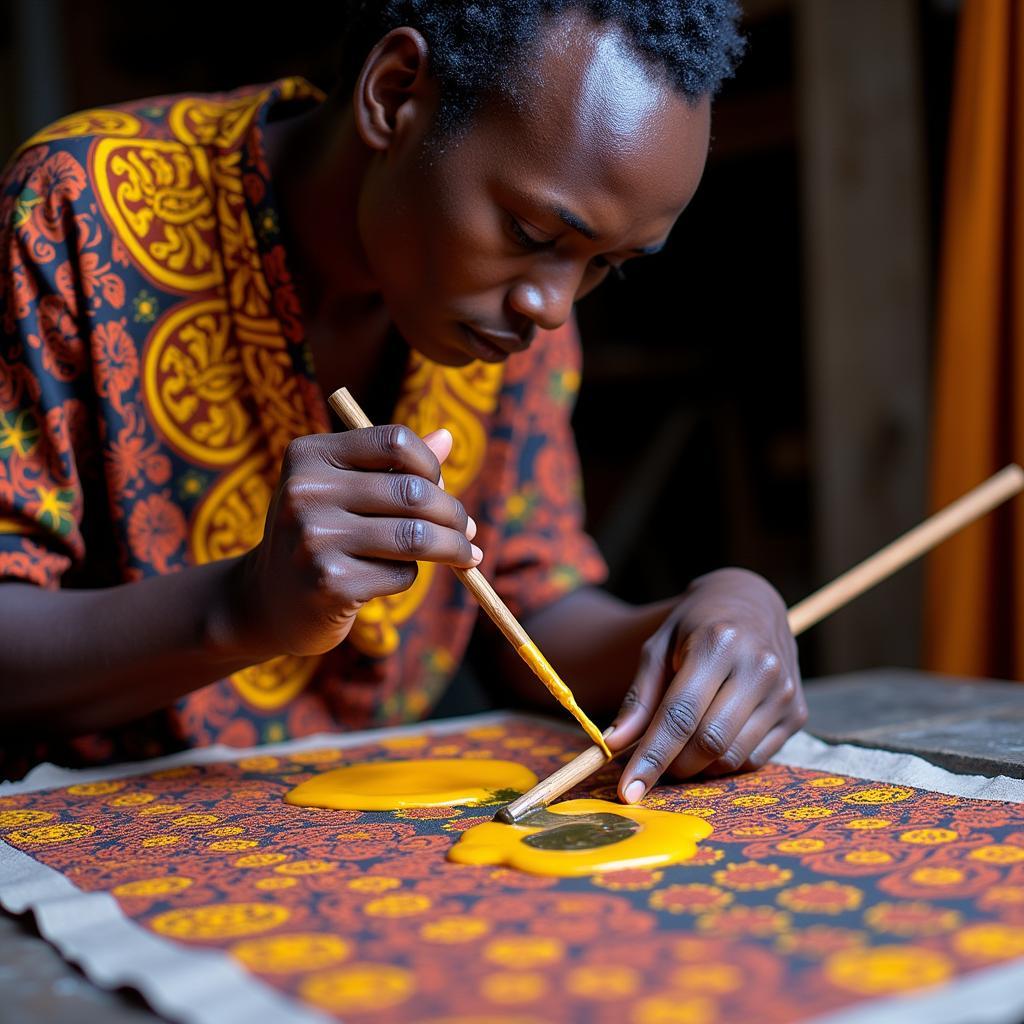 African Batik Artist Creating Intricate Patterns
African Batik Artist Creating Intricate Patterns
Exploring the Intricacies: The Process of Batik Making
Creating batik art is a labor-intensive process that demands patience, skill, and an eye for detail. It all begins with a plain piece of fabric, usually cotton, although silk and rayon are also used. The design is first drawn onto the fabric using charcoal or pencil. Then, the magic of resist dyeing comes into play.
Melted wax, traditionally beeswax, is applied to the fabric along the traced lines using a tool called a tjanting, which resembles a small copper pot with a spout. The wax acts as a barrier, preventing the dye from penetrating the covered areas. The fabric is then dyed, usually in a cold dye bath, and left to dry. This process of waxing, dyeing, and drying can be repeated multiple times using different colors to achieve intricate layers and patterns.
Once the dyeing process is complete, the fabric is boiled to remove the wax, revealing the final design. The removal of the wax often leaves behind fine cracks, adding to the characteristic beauty and texture of batik.
From Garments to Gallery Walls: The Versatility of African Batik
African batik art transcends mere textile production; it is an integral part of the cultural fabric of many African societies. Batik fabrics are used to create a wide range of items, from clothing and accessories to wall hangings and home décor.
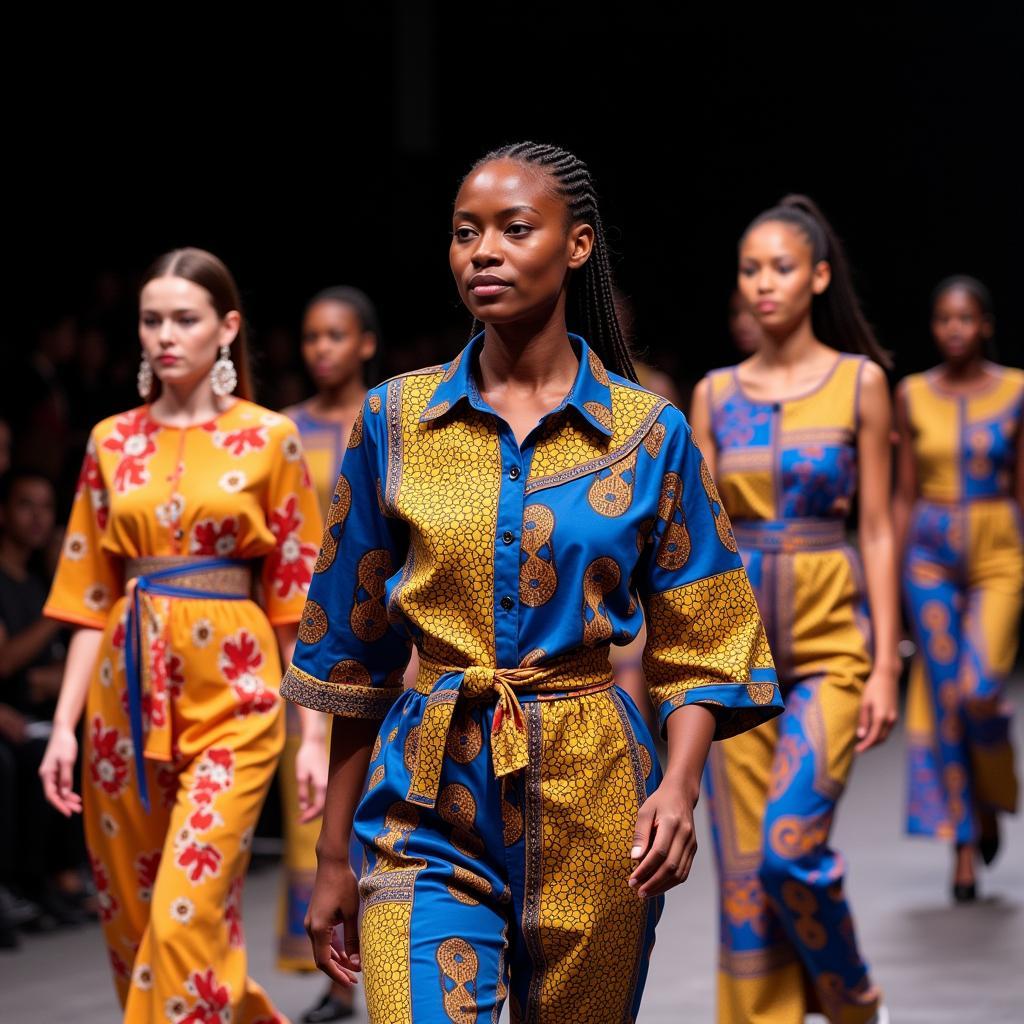 African Batik Fashion Show with Vibrant Designs
African Batik Fashion Show with Vibrant Designs
Batik in Fashion
African batik has taken the fashion world by storm, with designers incorporating its vibrant colors and unique patterns into both traditional and contemporary designs. From flowing dresses and stylish shirts to headwraps and bags, batik adds a touch of African elegance and sophistication to any outfit.
Batik in Home Decor
Batik fabrics also find their way into homes, adding a touch of African warmth and artistry. Batik wall hangings, curtains, tablecloths, and cushion covers introduce a splash of color and cultural richness to living spaces.
A Legacy of Beauty: The Enduring Appeal of African Batik
African batik art, with its rich history, intricate craftsmanship, and vibrant aesthetic, continues to captivate art enthusiasts and fashion lovers worldwide. Its enduring appeal lies not only in its visual allure but also in its cultural significance and the stories it tells. Each piece of batik is a testament to the creativity and skill of African artisans, preserving age-old traditions and sharing them with the world.
If you are looking to add a touch of African elegance and cultural richness to your life, explore the world of African batik. From vibrant garments to stunning home décor, there is a piece of batik art waiting to tell its story.
FAQs about African Batik Art
1. What is the significance of the patterns in African batik?
The patterns in African batik often hold symbolic meanings, reflecting cultural beliefs, historical events, or aspects of daily life. For example, some patterns may represent fertility, prosperity, or spiritual protection.
2. How do I care for my African batik items?
Handwashing is generally recommended for batik items to preserve the vibrancy of the colors and the integrity of the fabric. Use mild detergent and avoid harsh chemicals. Air dry your batik in the shade to prevent fading.
3. Is African batik art environmentally friendly?
Traditional batik making processes are generally eco-friendly, utilizing natural dyes and waxes. However, some modern batik production may involve synthetic dyes. When purchasing batik, inquire about the materials and processes used to ensure sustainability.
4. Where can I buy authentic African batik art?
Authentic African batik can be purchased from reputable art galleries, fair trade shops, and online retailers specializing in African crafts. Look for pieces accompanied by information about their origin and the artisan who created them.
5. Can I learn to make African batik art myself?
Yes, there are workshops and classes available that teach the techniques of African batik art. These classes offer a hands-on experience and allow you to create your own unique batik pieces.
Explore More about African Arts and Culture
For those intrigued by the beauty and cultural richness of African batik art, our website offers a wealth of information on other fascinating topics, including:
- African batik beads jewellry
- African continent nature
- African batik print fabric
- African dresses 2014
Need Assistance?
Contact us at +255768904061, email kaka.mag@gmail.com, or visit us in Mbarali DC Mawindi, Kangaga, Tanzania. Our dedicated customer service team is available 24/7 to assist you.
